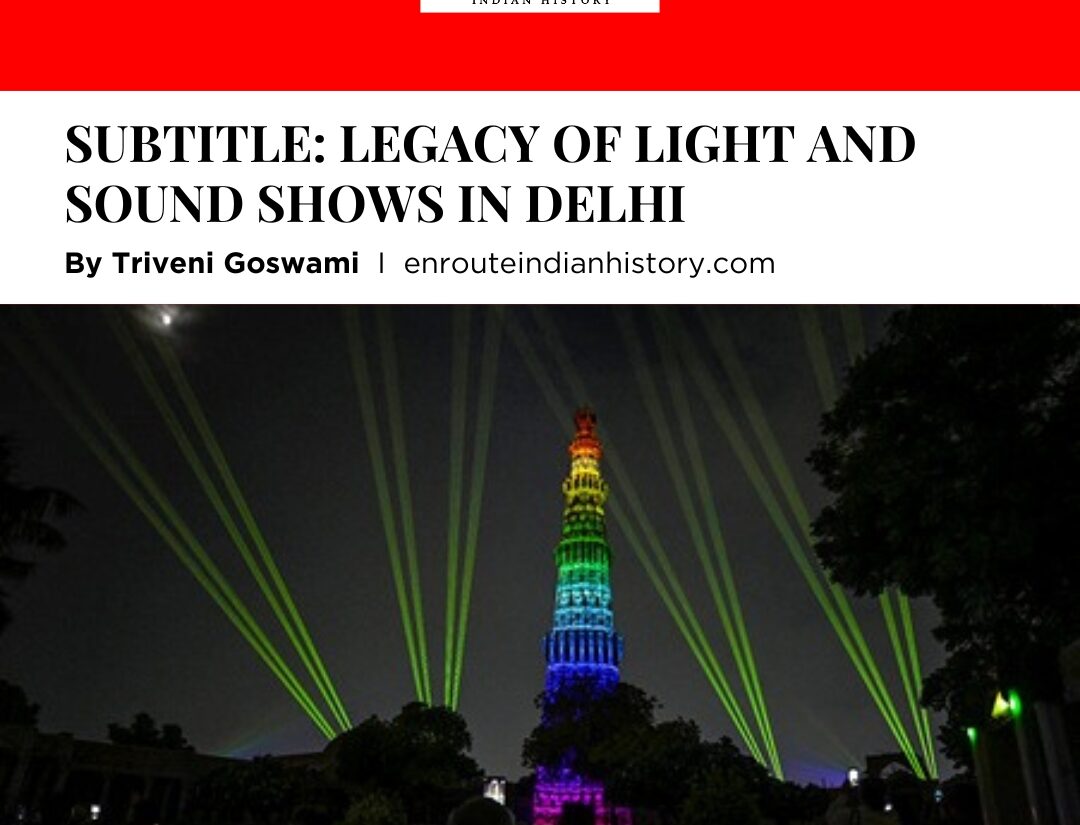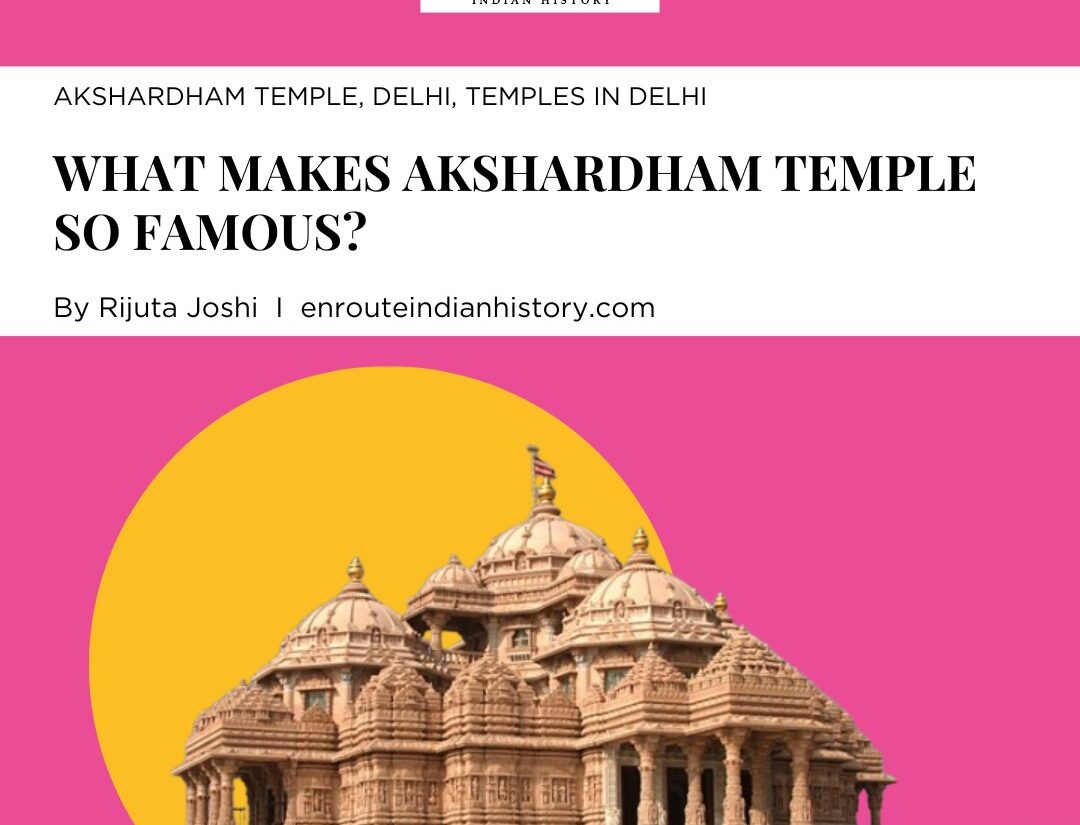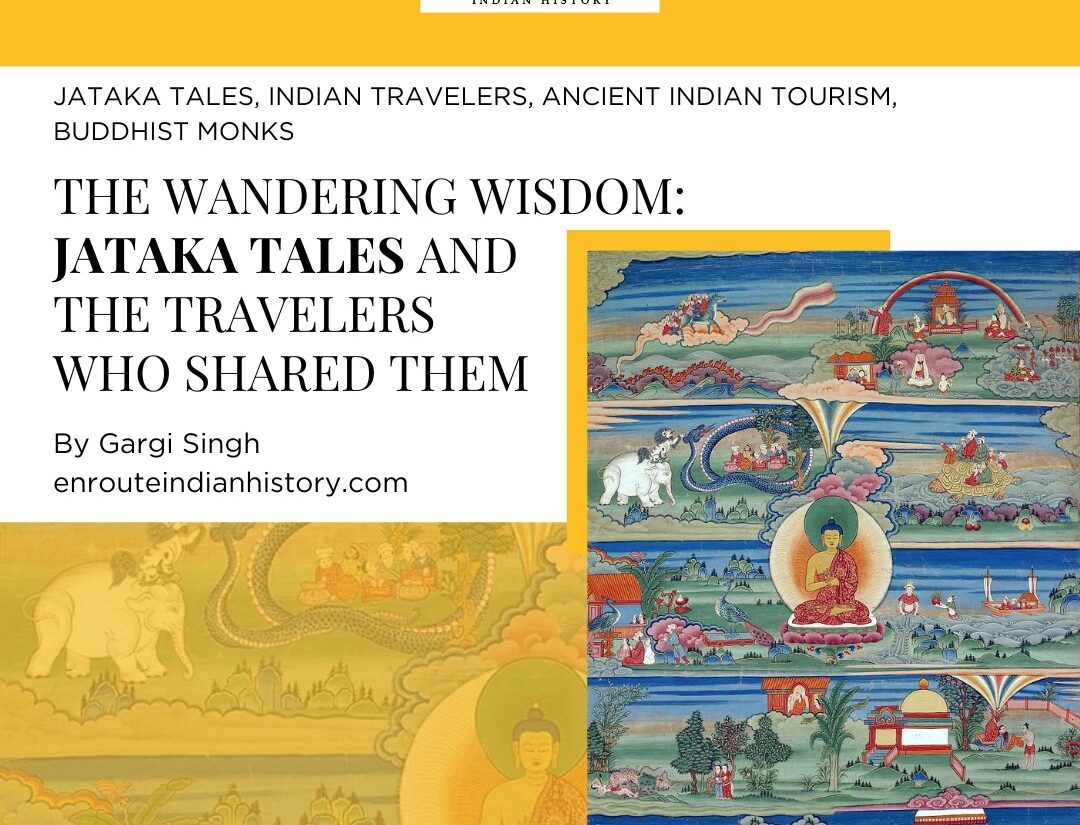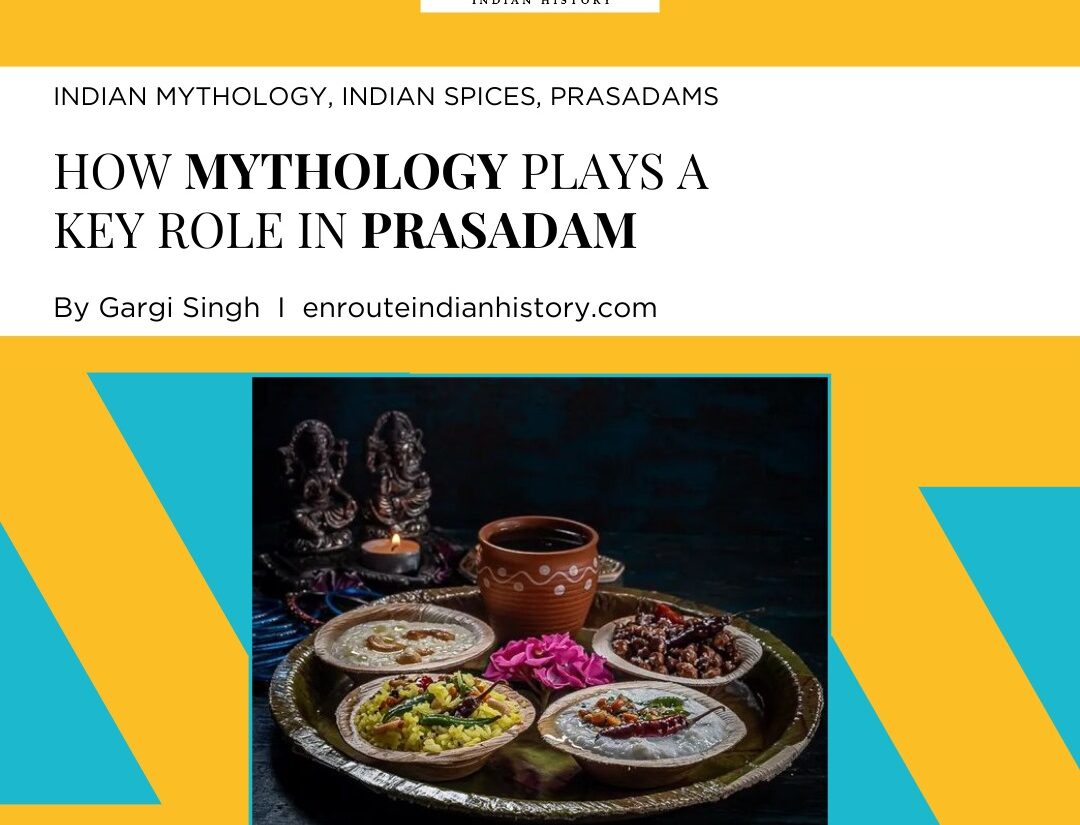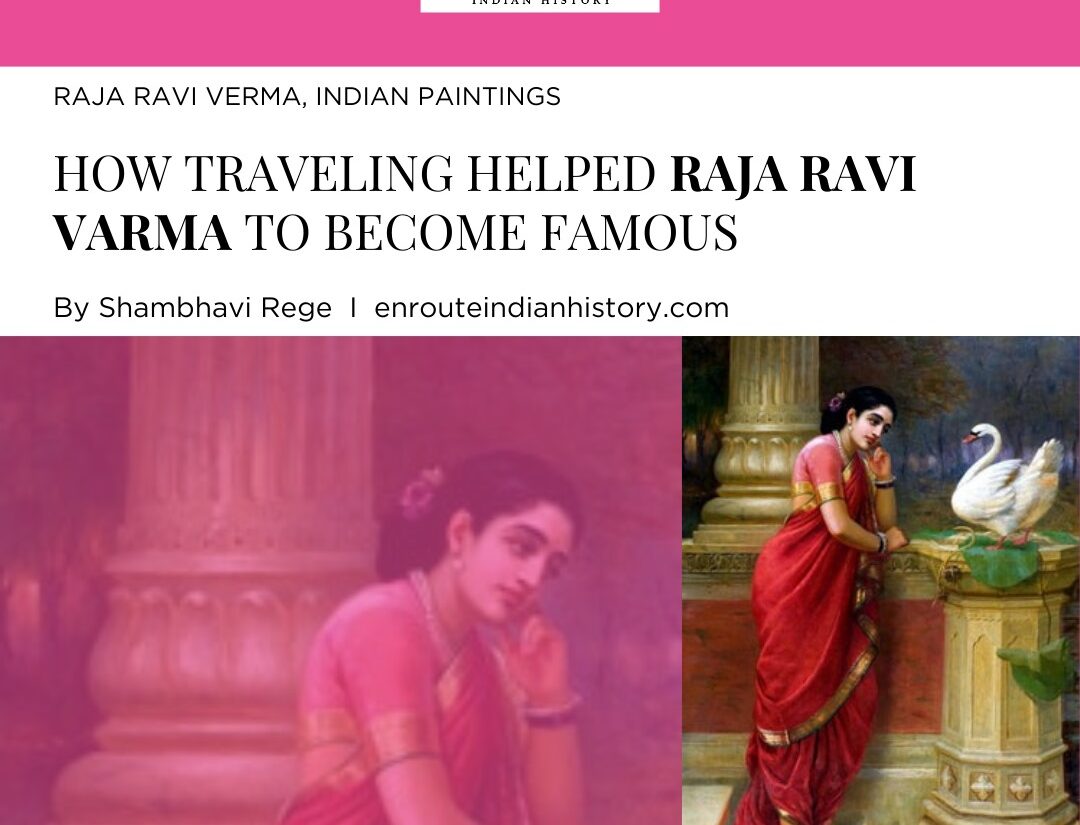The Lavani: Confluences,Contradictions and its Journey From Royalty to Marginalisation
- EIH User
- July 6, 2023
Lavani is a dance form that stands out for its electrifying energy and sensual grace. Derived from the Marathi word “lavanya,” meaning beauty, Lavani is a traditional folk dance that originated in Maharashtra. It has continued to enthral audiences since about the 16th century, spreading throughout the country and especially gaining popularity in the neighbouring regions of Madhya Pradesh, Gujrat, and along the Konkan coast. The art form is known for its infectious fast-paced beats, a combination of traditional instruments like the dholki, harmonium, and tabla. Another hallmark of the art form is the dancers’ nine-yard saree, the nauvari. The dance form has a tumultuous history behind it, receiving strong royal patronage once to now being marginalised and underrepresented. How did this happen and why?
Lavani has different sub-genres and types, each with its distinct characteristics. The Shringarik Lavani, perhaps the most widely known form celebrates love, romance, and sensuality through its flirtatious movements and lyrics. The Nirguni Lavani has philosophical undertones, emphasising introspection and the concept of the formless divine. Another classification is along the lines of the type of performance: the Fadachi Lavani and the Baithakachi Lavani. As the name suggests, the latter is a half-seated, semiotic performance for closed audiences, while the former is a theatrical performance for the masses.
The Baithakachi Lavani received heavy patronage from Maratha rulers such as Peshwas Sawai Madhavrao (1775-1795) and Bajirao II (1795-1818). Alongside royal patronage, Lavani would go on to be integrated into the tamasha in the 1870s, the popular travelling folk theatre. Beginning from elite bureaucratic circles, Lavani was gradually produced and disseminated into varied social settings and among the wider Marathi-speaking populace.
The Maratha period witnessed the emergence of prose writing in the form of bakhars, a form of historical narrative. Alongside these, a tradition of Marathi poetry emerged, the shahiri kavan. The Lavani figured among this corpus as love songs with erotic overtones. It came to serve as a mirror for the broader warrior-peasant culture of the Marathas. The shahirs (the poets) received patronage from Maratha rulers: the Holkars of Indore, the Bhosles of Tanjore, for instance, both great patrons of art and literature. Towards the end of the 18th century, the shahiri poems were written down in the Modi script of the Marathi language, and about a century later, transliterated into the Devnagari. Lavani thus has dual elements: the visual and the textual. Both these elements, one performative and the other literary, cannot be separated from the contexts of its production and royal patronage.
The Lavanis offer a glimpse into the experiences of the Maratha environment the soldiers were a part of: “the village they would return to in the monsoon, the wives who awaited their arrival, the cultural practices they would participate in after returning from a campaign, and even the horses that were so integral to the Maratha light cavalry” (Deshpande 2007). Lavanis in the Tamashas of the 18th century also drew upon religious motifs: Krishna-Radha storylines, and older devotional folk songs of the Vaghya Murali wherein Krishna himself took the form of a Maratha warrior, his interactions with the Gopis occurring in animated colloquial Marathi.
While the Lavani was composed by and for an exclusively male audience at the royal court of the Peshwas, it was performed by lower-caste female dancers, usually slaves. The lavanis were narratives of women’s experiences characterised by the themes of love, longing, and challenges borne out of separation from their beloved due to warring campaigns. Lavanis’ association with women of the oppressed castes led to subsequent stigmatisation of the art form, suggested by the popular Marathi proverb “Lavani va bai chya nadane Peshwa budalee” or “the Peshwa rule collapsed due to the lavani and the women”. That the fall of the Peshwas could be attributed to a dance form and women speaks to its prominence at the royal court, but also a fear of women’s articulation of their desires. Lavanis, Sharmila Rege has argued, had become an idiom for eroticism only in the 18th century, during the reign of the last Peshwa, Bajirao II. This was when female slaves had increased in the court, with lavanis becoming the medium for expressing controlled female sexuality through the dichotomy of the illicit dancer-prostitute vs. the faithful wife. This rhetoric and construction were also what sustained Lavani performances: “The insatiable sexuality of lower-caste women served as a legitimating argument for this appropriation of their sexual labour”.
Lavani today is fractured. The more ‘respectable’ Lavani receives state and artistic patronage, whereas what can be called a more organic form of Lavani is marginalised, confined to performances in small towns by women from the oppressed castes who are grossly uncompensated for their labour. The lavanis performed still have themes reflecting women’s narratives, albeit in modern-day Maharashtra. No longer just tales of war-wrought separation, lavanis tell tales of gendered violence and trauma-dowry deaths, female infanticides, farmer suicides: “Lavani has no boundaries”.
Korgoankar, the author of the book Sangeet Baari on Lavani, said: “lavani has no boundaries”. The statement appears to be true in more ways than one: it is a form that straddles movement and the literary, the elite and the popular. It can be bawdy and sensual, but can also reflect grave socio-economic concerns of its performers and audiences. The colourful, musical, fast-paced landscape of Lavani calls for a nuanced understanding of its diverse forms, and the need to address issues of inclusivity, fair compensation, and preservation of its authenticity.
Bibliography
Bose, Rakhi. “Art of Lavani Dance and the Hereditary Labours of Eros.” https://www.outlookindia.com/, January 27, 2023. https://www.outlookindia.com/magazine/art-entertainment/lavani-needs-to-be-preserved-and-celebrated-not-whitewashed-and-domesticated-weekender_story-256895.
Chari, Mridula. “There’s More to Maharashtra’s Bawdy Lavani Dance Form than Bollywood Reveals.” Scroll.in, August 21, 2014. https://scroll.in/article/674409/theres-more-to-maharashtras-bawdy-lavani-dance-form-than-bollywood-reveals.
Deshpande, Prachi. Creative Pasts: historical memory and identity in western India, 1700-1960. Columbia University Press, 2007.
Sharmila Rege. “Conceptualising Popular Culture: ‘Lavani’ and ‘Powada’ in Maharashtra.” Economic and Political Weekly 37, no. 11 (2002): 1038–47. http://www.jstor.org/stable/4411876.
Shirgaonkar, Varsha, and Ramakrishnan KS. “Lavani Literature as a Source of Socio-Cultural History of Medieval Maharashtra.” International Journal of Humanities, Arts, Medicine and Sciences (BEST: IJHAMS), 2015. https://www.researchgate.net/profile/Drramakrishnan-Ks/publication/352708223_LAVANI_LITERATURE_AS_A_SOURCE_OF_SOCIO-CULTURAL_HISTORY_OF_MEDIEVAL_MAHARASHTRA/links/60d4725092851c8f79981030/LAVANI-LITERATURE-AS-A-SOURCE-OF-SOCIO-CULTURAL-HISTORY-OF-MEDIEVAL-MAHARASHTRA.pdf.
- April 4, 2024
- 7 Min Read
